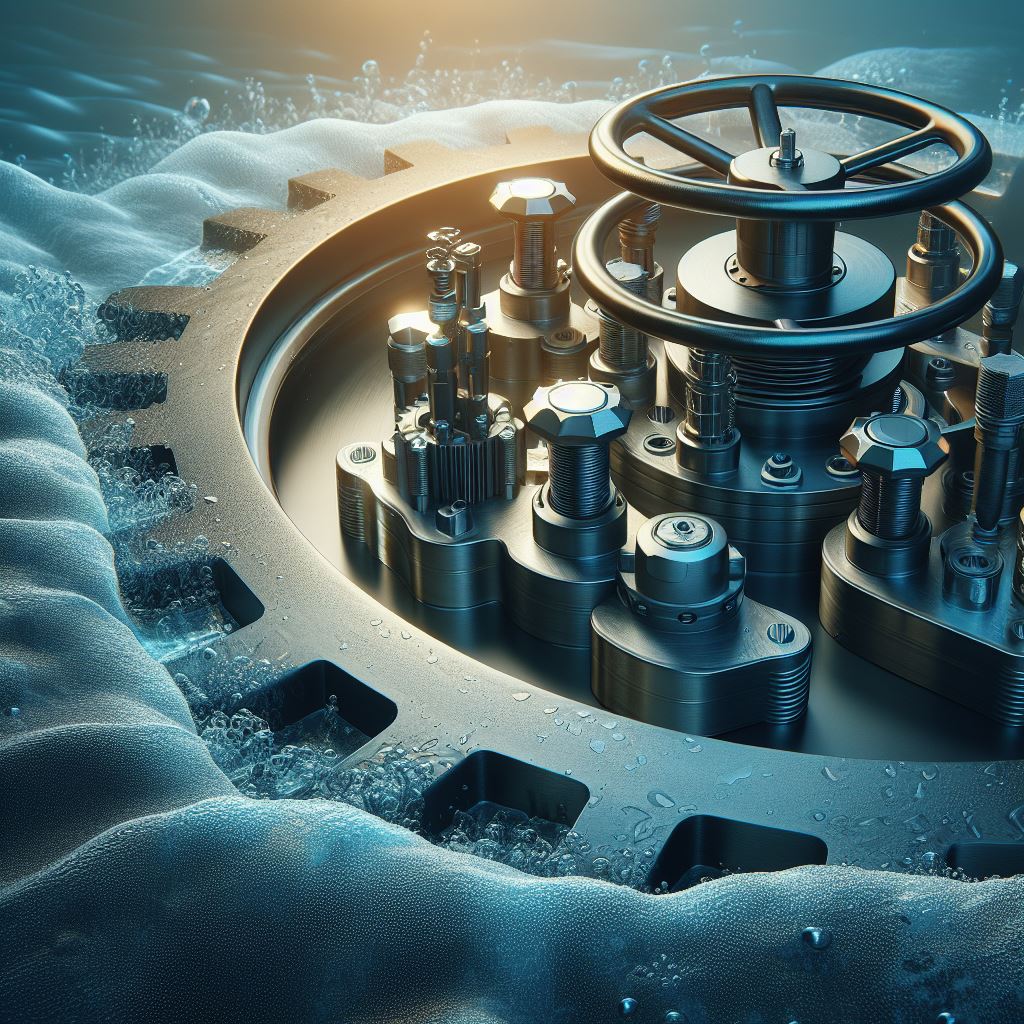Valve sealing surfaces are critical components that play a vital role in ensuring proper valve operation. However, these surfaces are susceptible to various forms of damage due to factors such as corrosion, erosion, and wear caused by the media they come into contact with. Understanding the key reasons for sealing surface damage is essential for effective maintenance and prolonging the lifespan of valves.

The reasons for sealing surface damage can be categorized into two types: human-induced and natural. Human-induced damage results from factors like poor design, manufacturing defects, improper material selection, incorrect installation, inadequate operation, and insufficient maintenance. On the other hand, natural damage occurs due to normal wear and tear during valve operation, including inevitable corrosion and erosion of the sealing surface caused by the medium.
The causes of valve sealing surface damage can be summarized as follows:

Poor Machining Quality:
Sealing surfaces may exhibit defects like cracks, pores, and inclusions due to improper machining processes. Issues such as inadequate surfacing and heat treatment procedures can result in uneven hardness, corrosion resistance, and other structural deficiencies, ultimately leading to surface damage.
Improper Selection and Operation
Damage can occur when valves are not appropriately selected for specific operating conditions or when they are used incorrectly. For instance, using throttling valves as shut-off valves can cause excessive pressure or rapid closure, resulting in erosion and wear of the sealing surfaces. Incorrect installation and inadequate maintenance practices can also contribute to surface damage.
Chemical Corrosion
Sealing surfaces can undergo chemical corrosion when they directly interact with corrosive media. Electrochemical corrosion may occur due to potential differences between different parts of the sealing surface or between the sealing surface and other components. This can lead to the degradation of the sealing surface over time.
Erosion by the Medium
The flow of media through valves can cause erosion, abrasion, or cavitation on the sealing surfaces. Fine particles suspended in the media can collide with the surface, causing localized damage. High-speed flow can directly flush the surface, leading to wear and tear. Additionally, when the media partially vaporizes, the resulting bubbles can burst and impact the surface, causing further damage.
Mechanical Damage
Sealing surfaces may experience abrasions, impacts, or extrusions during valve operation, particularly during opening and closing cycles. Under high-pressure conditions, atoms can diffuse and adhere between surfaces, leading to adhesion. This can result in tearing when surfaces move relative to each other, particularly in areas with higher roughness. Closing valves can also bruise and extrude the sealing surface, causing localized wear or indentation.
Fatigue Damage
Long-term operation under alternating loads can cause fatigue in sealing surfaces, leading to cracking and delamination. Rubber and plastic materials used for sealing may also degrade over time, resulting in diminished performance and increased susceptibility to damage.
From the analysis of the above reasons for sealing surface damage, it is evident that improving the quality and service life of valve sealing surfaces requires the selection of appropriate sealing surface materials, rational sealing structure, and processing methods.
